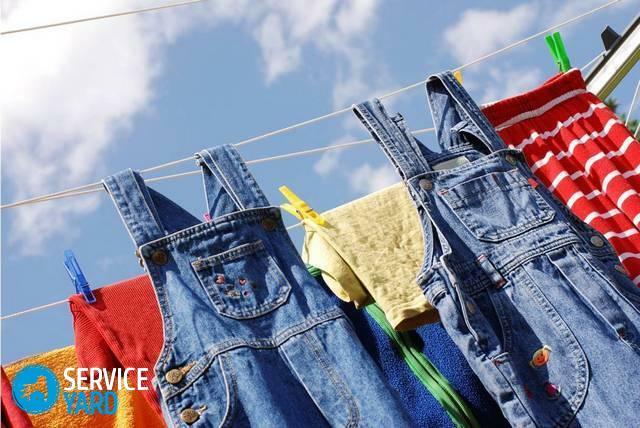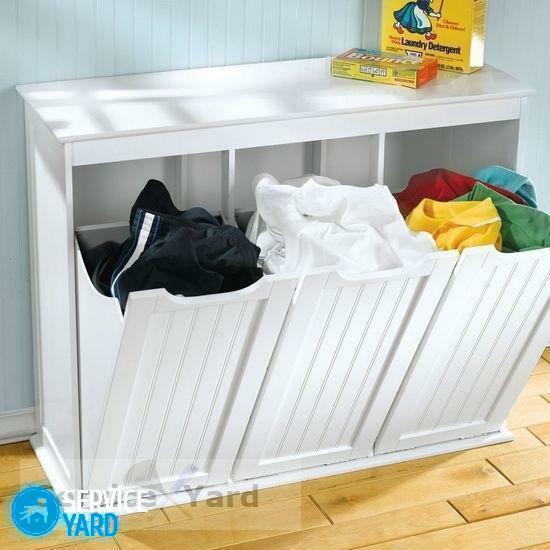Probably, few thought about what size is needed pan. At first glance, it seems that such information and does not need it. However, it is not so.
It is to choose the right size and bottom edges, as well as the materials from which it is made.
Content
- 1 How to measure the diameter
- 2 Compatibility bottom of the pan and the hob
- 2.1 gas
- 2.2 electrical
- 2.3 ceramic
- 2.4 induction cookers
- 2.5 halogen
- 3 How to choose a pan
- 4 VIDEO: Overview Tefal pans 24 cm in diameter.
How to measure the diameter
First of all, we note that how you are "familiar" with his frying pan depends largely on the quality of cooking. After all, there are times when your meat burnt, or, conversely, to prepare for so long that the guests get tired waiting. And partly the reason for such culinary failures lies in the wrong choosing a pan or irrational use of it.
product diameter is measured through the center from one ledge to another.
So how do you determine the correct diameter of the bottom or top of the frying pan? Typically, the diameter defined by the upper edge of the edge. To measure you can use any dedicated tools: tape measure, ruler or even tailor centimeter.
The diameter of the cover is measured differently: the outer edge of the pan through the center.
The diameter of the stores often indicated on the top ring. This is to ensure that, if necessary, could easily pick up the lid for the pan.
For the preparation of various dishes require several versions of dishes.
Important! The diameter of the lid is best measured on the outer ring. Because if there is a rubber seal, it is also necessary to take into account
And the size of the bottom pan is measured on the outer side and equals the diameter of the flat part.
The diameter of the standard and is equal pans 18, 20, 22, 24, 26, 28, 30, 32 cm.
Choosing the correct diameter pan, take into account the size of the burners and the distance between them, so that did not work so that buying the largest frying pan, you will not be able to post anything on the stove, in spite of the three vacant hotplate.
Each product requires its own degree of roasting, quenching or jam - it depends on the quality of dishes material thickness of the bottom, the height of the flanges and the surface of the pan diameter.
Compatibility bottom of the pan and the hob
If you have a frying pan and stove, it does not mean that they can be used together. First you need to get acquainted with the characteristics of cooking utensils, and decide what type of boards recommended in your case.
Each woman chooses a desired size utensils depending on application and the preparation of any food.
Cookers are gas, electric, ceramic, induction and halogen. Acquainted with each type.
To the process of cooking dishes pleased the results, it is necessary to ensure uniform feed from the bottom.
gas
The undisputed leader of the most common and cost-effectiveness. In private homes, they are used in a "duet" with the gas cylinder, and in apartment are connected to a central gas pipeline.
Allow to cook on an open fire that is considered a plus in cooking.
Such undemanding plate to the pan, easy to operate, allows "fine-tune" the flame size at the bottom of the pan using the special divider.
They are not too "like" smooth bottom, as the flame is not for that "catch".
It requires careful, regular airing, to not accumulate carbon monoxide. Also at the bottom of the pan can accumulate soot on additives.
Ideal bottom groove (small incision), which ensures a more even and rapid heating.
An ideal choice for dishes gas stove - a cast-iron pan with a thick bottom.
electrical
Perhaps, the second kind of popularity. These boards are relatively quickly heated and do not leave soot on the bottom of the pan.
Long cool down; fragile utensils, especially ceramic, will not work.
The disadvantages is considered dependent on electricity, as in the case of interruptions, the family will be left without hot. Additionally, the cost of such plates is much higher gas. A long period of cooling does not allow the fragile kitchen items (eg, ceramic). So that the most appropriate dishes for such plates - iron.
Any frying can be used in electric stoves, but other than those made of uncoated aluminum.
ceramic
Yet they are called glass-ceramic. Such devices operate on electricity. They heat up quickly and on such a plate can not be burned. A heating elements are very durable.
For them, the best fit pans with a smooth bottom.
The main disadvantage of ceramic tiles is considered to be the complexity of care. Wash them only by special means, the coating is damaged and out of order due to the sugar, water, and even a minor surgical strikes. Their cost is very high. A cookware for cooking on such plates must be flat-bottomed, iron or enamel.
They are more expensive than electric burners.
induction cookers
One of the most modern cooking devices. The cooking process begins only when the burner is installed on a special magnetic bottom dishes. This technology minimizes the fire hazard.
Induction cookers are suitable only special pans with magnetic bottom.
Such plates are heated quickly and cool down quickly, accurately maintain the preset temperature, it is easy to clean.
Emit electromagnetic waves that can affect the delicate equipment nearby.
The disadvantage of such devices is the need to use the special dishes, which is not cheap, and the load on the grid. In addition, during the preparation of the emission of electromagnetic waves, which do not allow you to talk on the cell phone in the process of creating a culinary masterpiece.
The food they prepared quickly and evenly.
halogen
This is the next level after induction cookers. The advantages of this technique adds the possibility to prepare in a glass or ceramic ware, and the presence of thermometers have burners. Heating is strictly vertical.
Halogen plate has mechanical control and a minimum set of features: timer, residual heat indicator.
Be sure to use only flat-bottomed cookware. Washed plate using special tools and requires a reliable electrical network for the smooth functioning.
Unlike traditional electric hotplate warms up slowly, halogen panel quickly generates heat.
How to choose a pan
In addition to the cooking surface, the choice of pans you need to pay attention to the following aspects.
- If you prefer an aluminum pan with non-stick coating, then choose the model of die-cast aluminum with thick bumpers and the bottom.
The most common classic product is produced with high and low bumpers - it depends on the type of dishes to be prepared.
- Indicates mean diameter of the top of the pan and not the bottom. A most suitable diameter dishes for one person - 24 cm, and for a large family - 28-32 cm.
Should pay attention to the thickness of the bottom of the pan. The minimum thickness of quality metal products bottom should be 3 to 4 mm.
- The heavier the pan and more layers of non-stick coating, so it is better.
Thick metal is heated uniformly, which facilitates thorough roasting, quenching or cooked food without burning.
- If you plan to use dishes and baking in the oven, look for a model with a removable handle.
From high-quality pens convenient form depends on the pleasure of cooking.
And yet, most importantly, to kitchen utensils it was not only practical and comfortable, but also pleasing to the eye and to the touch. Therefore, choose a model that is right for you. Only in this case your culinary masterpieces will be cooked with love.
When choosing pans are always looking at the outside of the bottom and the "read" icons, which indicate the compatibility of this product with the types of plates.



